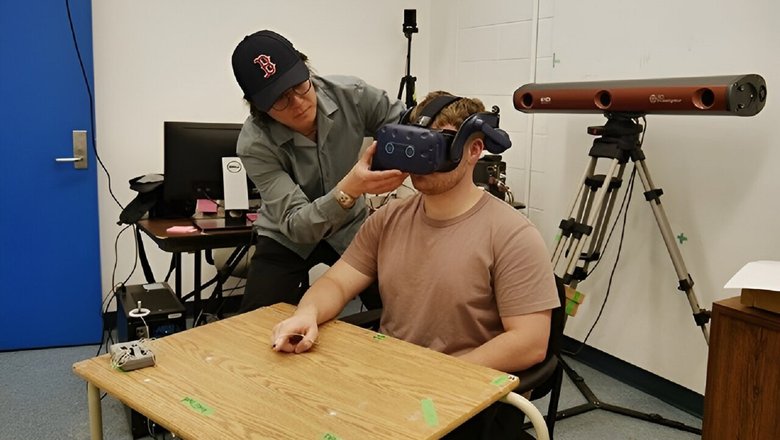The use of virtual and augmented reality temporarily changes the perception of space. It is important to know about such effects in order to safely use these technologies.
Researchers at the University of Toronto have found that using virtual and augmented reality (VR and AR) can temporarily change how people perceive the real world and interact with it, reports TechXplore.
Virtual reality (VR) completely immerses the user in the artificially created digital world. Complementary reality (AR), on the contrary, imposes virtual objects on the real world.
VR users often underestimate the distance to the target and do not reach it, while AR users, on the contrary, overestimate the distance and go too far. These temporary distortions in movements demonstrate how deeply our perception of space changes under the influence of virtual technology.
This effect was noticeable immediately after using virtual or augmented reality but gradually disappeared as the participants adapted to the conditions of the real world. Moreover, the effects of augmented reality were shorter. People got used to the real world much faster after using AR points than after VR.
Perhaps the reason lies in the fact that in augmented reality, users can still see their real environment and interact with it, which helps them maintain a more accurate sense of depth and distance.
As many industries implement VR and AR to develop skills, it is important to understand how they can affect real productivity. This can be crucial in the preparation of surgeons and pilots, as well as in the development of everyday skills such as driving. Understanding the limitations of VR and AR will avoid errors that can lead to serious consequences.
Earlier, Norway developed a virtual driving instructor. Its feature is the presence of AI functions that help better prepare future drivers.



